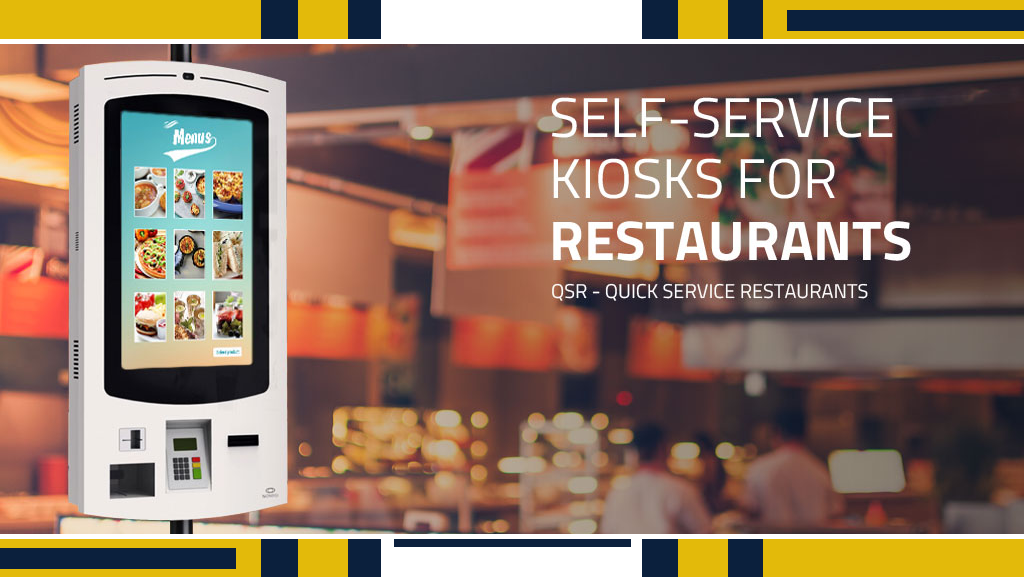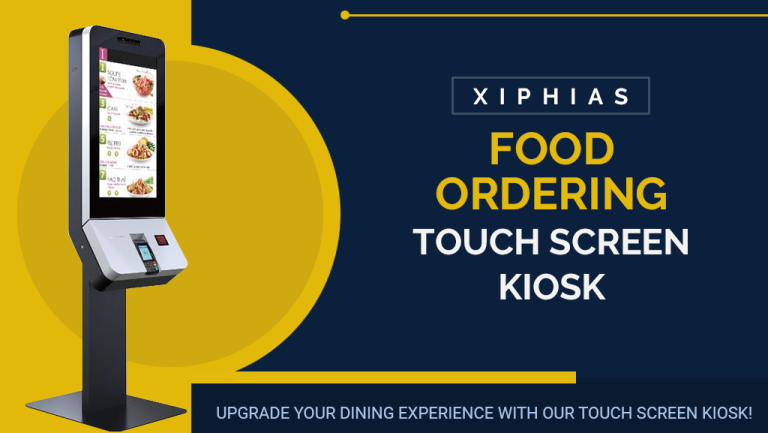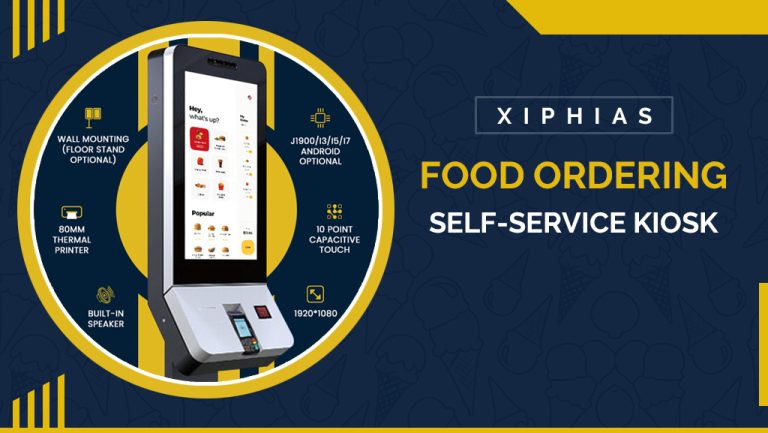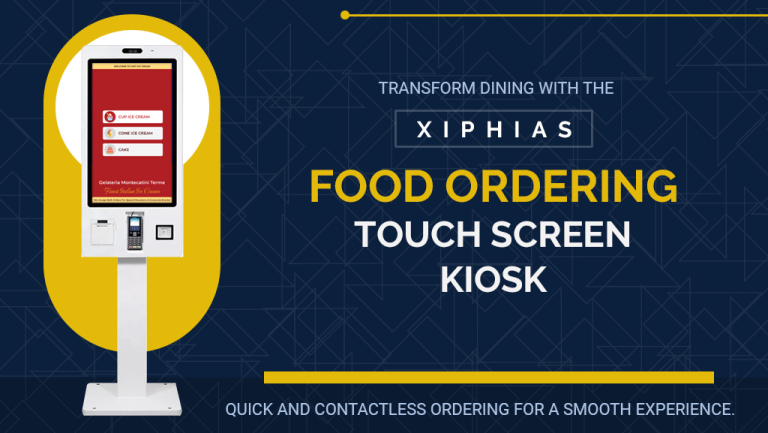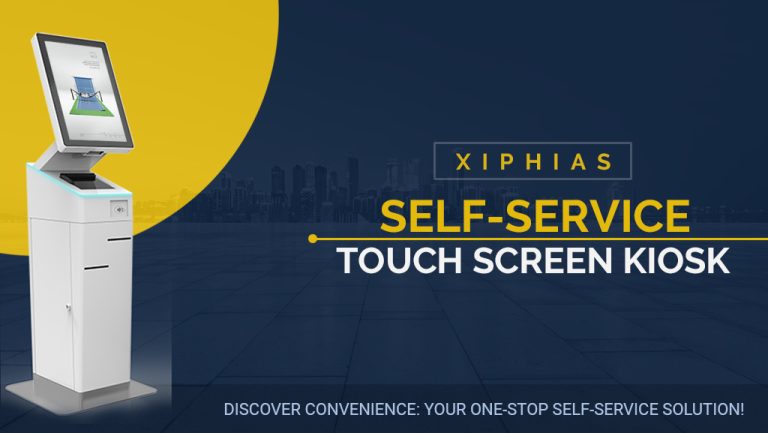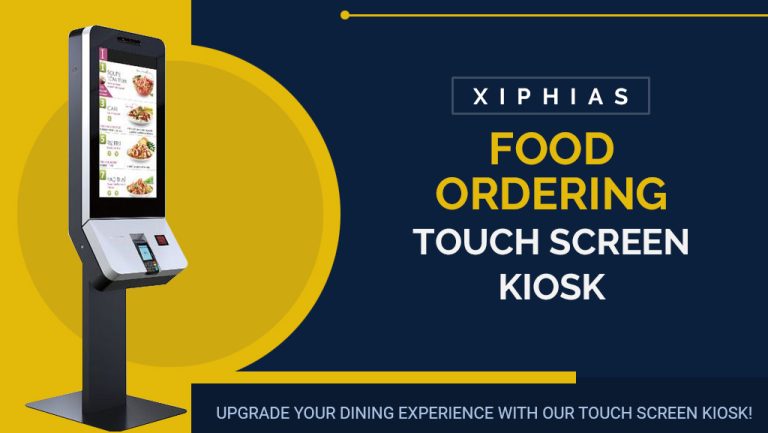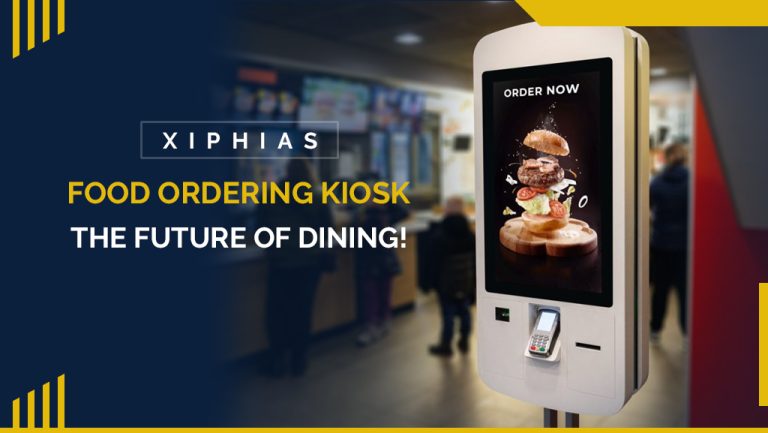How Food Ordering Kiosks Are Revolutionizing the Restaurant Industry?
Technology has played a crucial part in influencing how we eat out, which has caused the restaurant business to undergo a tremendous transition in recent years. Kiosks for ordering food have changed the game by revolutionizing the eating experience by combining convenience and creativity. The future of eating will be discussed in this blog article, along with how food ordering kiosks are leading the way and bringing advantages to both patrons and restaurant owners.
1. The Rise of Food Ordering Kiosks
A. Convenience Meets Customization
The potential of food ordering touch screen kiosks to provide a customized eating experience has increased their popularity. Customers may easily explore menus, make changes to their orders, and choose their dietary choices. With this much freedom, customers may design meals that exactly match their preferences and dietary requirements.
B. Contactless Ordering
Contactless methods are now essential in the aftermath of the COVID-19 outbreak. Food ordering kiosks encourage safety and cleanliness by enabling consumers to place their orders without using physical menus or interacting with waitstaff.
2. Enhancing the Customer Experience
A. Faster Service
One of the primary benefits of food ordering touch kiosks is the speed of service they provide. Customers can place their orders quickly, reducing wait times and ensuring a more efficient dining experience. This is particularly appealing to individuals with limited time for lunch breaks or those looking for a swift dining experience.
B. Reduced Order Errors
Human errors in order taking can lead to customer dissatisfaction. Meal ordering touch screen kiosks eliminate this concern by accurately recording customer preferences and transmitting orders directly to the kitchen, minimizing the chances of mistakes.
C. Multilingual and Visual Menus
Food ordering touch kiosks cater to diverse customer bases by offering multilingual menus and vivid, visual representations of dishes. This ensures that language barriers are not an obstacle to enjoying a meal, making dining out more accessible for tourists and individuals from various cultural backgrounds.
3. Benefits for Restaurant Owners
A. Improved Order Accuracy and Efficiency
Food ordering touch screen kiosks streamline the ordering process, reducing the burden on restaurant staff during peak hours. Orders are transmitted directly to the kitchen, minimizing the potential for miscommunication and speeding up food preparation.
B. Increased Revenue
The convenience and customization options offered by kiosks can lead to increased order sizes. Customers often explore menu items they might have overlooked in traditional paper menus, resulting in higher average check amounts.
C. Data-Driven Insights
Meal ordering touch kiosks collect valuable data on customer preferences and ordering patterns. Restaurant owners can use this information to make informed decisions about menu changes, promotions, and marketing strategies, ultimately enhancing their business’s profitability.
4. Sustainability and Cost Savings
A. Reduced Paper Waste
Traditional menus and order slips contribute to paper waste, which is detrimental to the environment. Food ordering kiosks promote sustainability by minimizing the need for printed materials and offering digital alternatives.
B. Labor Savings
While restaurant staff remains essential for customer service and food preparation, food ordering touch screen kiosks can reduce the need for dedicated order-taking personnel. This allows restaurants to allocate labor resources more efficiently, potentially leading to cost savings.
5. Future Trends in Food Ordering Touch Screen Kiosks
A. Integration with Mobile Apps
The future of meal ordering interactive kiosks may involve seamless integration with mobile apps. Customers can place orders from their smartphones and pick up their meals without waiting in line, providing the ultimate convenience.
B. Enhanced Personalization
Advanced technologies like artificial intelligence (AI) and machine learning can further personalize the dining experience. Kiosks can suggest menu items based on past orders, dietary preferences, and even current weather conditions, creating a truly tailored dining experience.
C. Augmented Reality (AR) Menus
AR menus could become a reality in restaurants. Customers can use their smartphones or AR glasses to view interactive, 3D representations of menu items, making the ordering process even more engaging and immersive.

